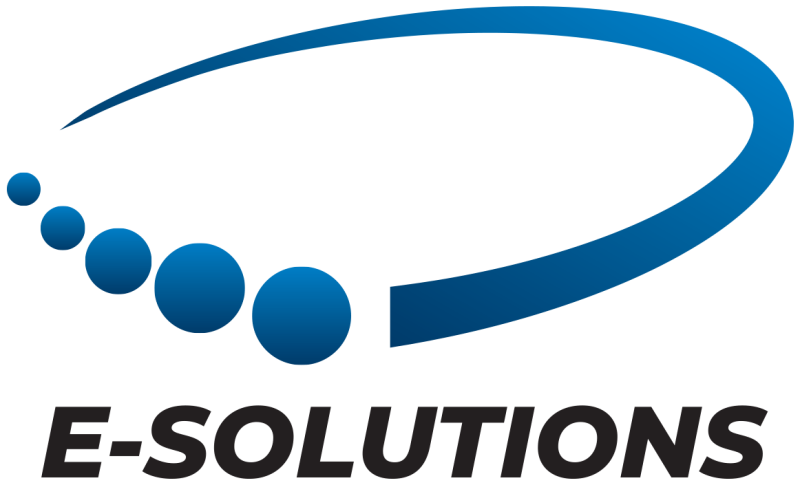Challenge
A leading renewable energy provider faced significant challenges in managing and optimizing its energy production and distribution networks. The company operated multiple solar and wind farms across regions but struggled with data silos, inconsistent reporting, and unpredictable energy output. Without real-time insights, balancing energy supply and demand became a challenge, leading to inefficiencies and increased operational costs.
Our Approach
TechnohandZ worked closely with the energy provider to implement a comprehensive data services solution designed to address the complexities of the renewable energy sector:
- Developed a centralized data lake using Azure Data Lake Storage to consolidate data from energy farms, weather forecasting systems, and grid operations. This platform provided a single source of truth for all stakeholders.
- Integrated machine learning models using Databricks to predict energy generation based on historical patterns, weather data, and seasonal trends. This enabled the company to align supply with demand more accurately. No that’s what we call predictive analytics for energy forecasting!
- Deployed IoT sensors across solar panels and wind turbines to collect real-time data on performance, maintenance needs, and environmental factors. The data was processed in real time to monitor asset health and predict failures, and
- Designed Power BI dashboards to provide executives and operations teams with actionable insights on energy production, grid performance, and cost metrics. These dashboards facilitated data-driven decision-making. Interactive dashboards for operations management, and how!
Outcome
The implementation of this data-driven solution led to remarkable improvements. Here are some data:
- Increase in energy efficiency: Achieved a 20% improvement in energy production by optimizing turbine and panel performance through predictive maintenance.
- Reduced downtime: Minimized downtime by 30% through real-time monitoring and proactive maintenance scheduling.
Cost optimization: Reduced operational costs by 25% through better resource allocation and energy forecasting, and - Enhanced grid stability: Improved supply-demand balance reduced grid fluctuations, leading to more reliable energy delivery.
This case study highlights how data services can revolutionize the renewable energy industry. By integrating real-time monitoring, predictive analytics, and centralized data management, the energy provider enhanced efficiency, reduced costs, and delivered reliable, clean energy to its customers.






